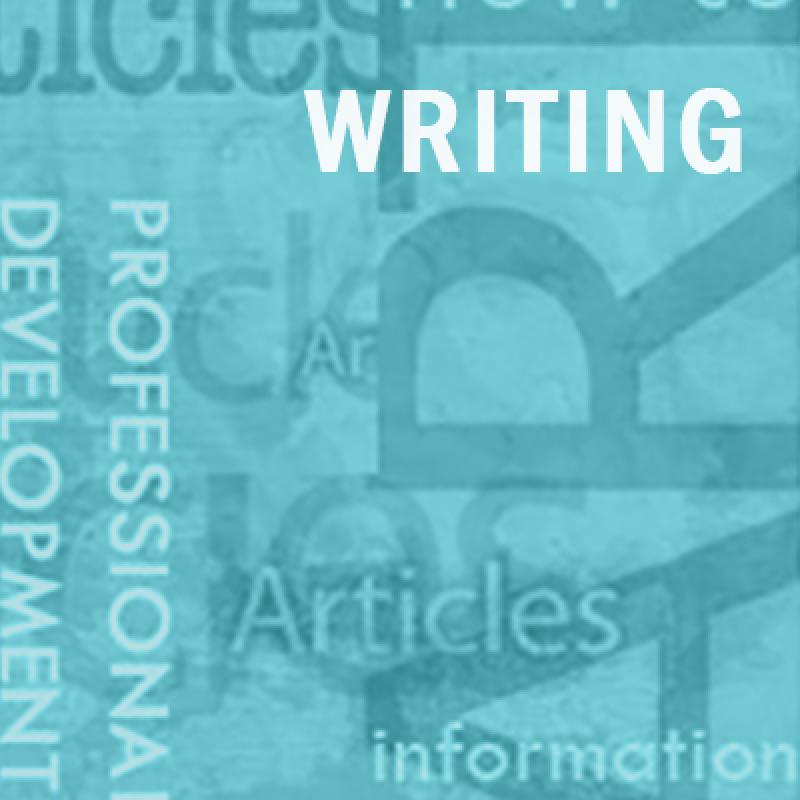Over the last decade, craft publishing as we once knew it, has evolved. Several book publishing businesses have folded or been absorbed by large corporate conglomerates; many well-respected quilt magazines have been discontinued or re-branded as subscriptions dwindle; DVD publishing (yes, video course creation is part of the publishing genre) has all but evaporated, being replaced by on-demand video subscription models or one-off digital downloads. Gone are the days we all remember when a book deal meant the author had “arrived” and could count on a big pay-out.
But that’s not the whole story. As one who works for a craft publisher and is intimately involved with promoting the fine craft and artistry of art quilts in particular, I see the changes this industry has weathered from a hopeful perspective. Content is integrated in print, video, and digital platforms. If done well, the articles and artwork that was once available only through a magazine issue, TV show episode, or a chapter in a book, now reach a much broader audience in the format each individual consumer wants to use. This is imperative to the financial bottom line of the publisher. Publishing is big business and must stay profitable in order to continue. Without evolving with the changing environment, this industry would disappear, and the art quilting genre would suffer.
The remaining book, magazine, and online video publishing houses are finding new and innovative formats to bring their content to the public and leverage the content in their library. Quilt magazines are still published on paper in addition to being available online as downloads. Free content on publisher websites often supports the printed material. Traditional quilt patterns from current books may be ‘disaggregated’ and sold individually as downloads. Blogs and podcasts drive audiences to author or publisher websites, creating a broad audience and a platform for advertising. This expansion benefits the publisher, but also individual authors and artists.
So where does this lead a novice author? Art quilters who want to see their finished quilts or techniques published in a book or magazine? Our future art quilt teachers and instructors? The answer is simple: publishers need quality content in order to create their products… and lots of it. The good news is, they get that content from talented artists and authors in the art quilting community. If you want to move your career in that direction, you need to think critically about your goals, evaluate your options, and submit your ideas to the publications that align with your work.
As with any business venture, planning should be the first step. If you are interested in publishing an article in an art quilting magazine, do your research! Purchase 2-3 magazines of that title and read them cover-to-cover. Look at what they publish and how it is formatted. Technique articles are vastly different from interviews. Review their submission guidelines and determine if the idea you have to propose meets their requirements and aligns with their style. Evaluate your artwork honestly with a fresh eye. Do you still want to submit? Then follow their guidelines and make your proposal.
Each magazine article submission will be reviewed, but not all will be accepted for publication. Reasons for rejection are varied and may include many factors that do not reflect upon the artwork. Keep trying and make sure you follow all guidelines proposed by the publisher.
Tips for a Strong Magazine Article Proposal
- Read the submission guidelines thoroughly and follow them.
- Include your full name and contact information on each proposal.
- Take clear photographs of your work. Resize the images as noted on the submission guidelines and include them as an attachment (not in the body of your email).
- Briefly describe – in full – what you are proposing. If it is a technique, make sure you are specific. If you want your artwork featured and profiled, again, be specific.
- If you include a blog or website information, make sure it is current. The submission team will look at your site and expect to see current postings and artwork.
- Do not submit the same content to different publishers at the same time.
Book proposals are much more complex than magazine article submissions. The process can take months, and the stakes are higher for both the author and the publisher. While a magazine article might run 1,000 words and take 10-12 hours to write and prepare artwork (yes, it can take an author that long or more!) consider that a book may require up to a year’s worth of blood, sweat, and tears. From a publisher’s perspective, the investment is significant and can run in excess of $25,000 per title. Considering that most of these titles are in the traditional or modern genres, and art quilting titles are less common. Most of them are technique oriented.
For that reason, the submission process is much more specific and time consuming. The publisher must ensure that their investment turns a profit, so the author and book proposal is vetted more thoroughly. Be prepared to answer specific questions about your social media strategy, your newsletter/website visit and send numbers, your ability to engage your audience, and willingness to market your book and your brand. With so much money at stake, publishers frequently review each proposal as a group (called a Pub Board) and they look at the pitches very closely before accepting them. When accepted, they create a full plan for promotion and buy in from the author prior to publication.
Tips for a Strong Book Proposal
- Update your resume or CV with all publications, professional awards, and related information.
- Read the submission guidelines for each publisher thoroughly and follow them.
- Research other books on the same or similar topic. Be prepared to discuss how yours will be different and note the target audience for the book.
- Create an overview of your book, including a proposed theme, table of contents, and a PDF of your proposed artwork.
- If your book will include patterned quilts, create digital mock-ups.
- Include a sample chapter of your book that highlights your writing style and abilities.
- Do not submit the same proposal to different publishers simultaneously.
Remember, quilting books fall into different genres. Some have patterns, some are purely technique driven, others are coffee table books (like SAQA’s Art Quilts Unfolding: 50 Years of Innovation), and others are reference books covering topics on thread, interfacing, quilting patterns, etc. Each of these genres may have different requirements from the publisher.
Of course, there is also the option to publish your work on your own. Self-published products, whether they are online video courses, patterns, or books, are also an option. Keep in mind that self-publishing can be profitable, but the risk is assumed entirely by the author. The investment of time and money may never be recouped if the book, video, or pattern does not resonate with the audience. You may find hiring a consultant to walk you through the process of self-publishing, provide editorial services, or assistance with photography or layouts is extremely helpful.
Once your article or book proposal is accepted, your publisher will send you a contract. Make sure to read your contract completely and understand the compensation, ownership of copyright, and other terms.
Seeing your name in a by-line is a thrill, and most artists never get that opportunity. If this is a “bucket list” item for you, make it your goal to learn more about the publishing industry. Join local or national organizations oriented to the business as well as the art side of the quilting industry. Subscribe to newsletters from your fellow art quilting authors. And yes - consider submitting your work to a magazine (a great door-opener) or book publisher. You’ll learn so much about yourself and your artwork will reach a wider audience. Publishing can be one of the ways you establish your business and your art in the quilting industry.
Resources:
Self-Publishing: maker-books.com
Publisher Submission Guidelines: craftindustryalliance.org (membership required)
Quilting Arts Magazine Submission Guidelines: quiltingcompany.com/submission-guidelines-quilting-daily/



